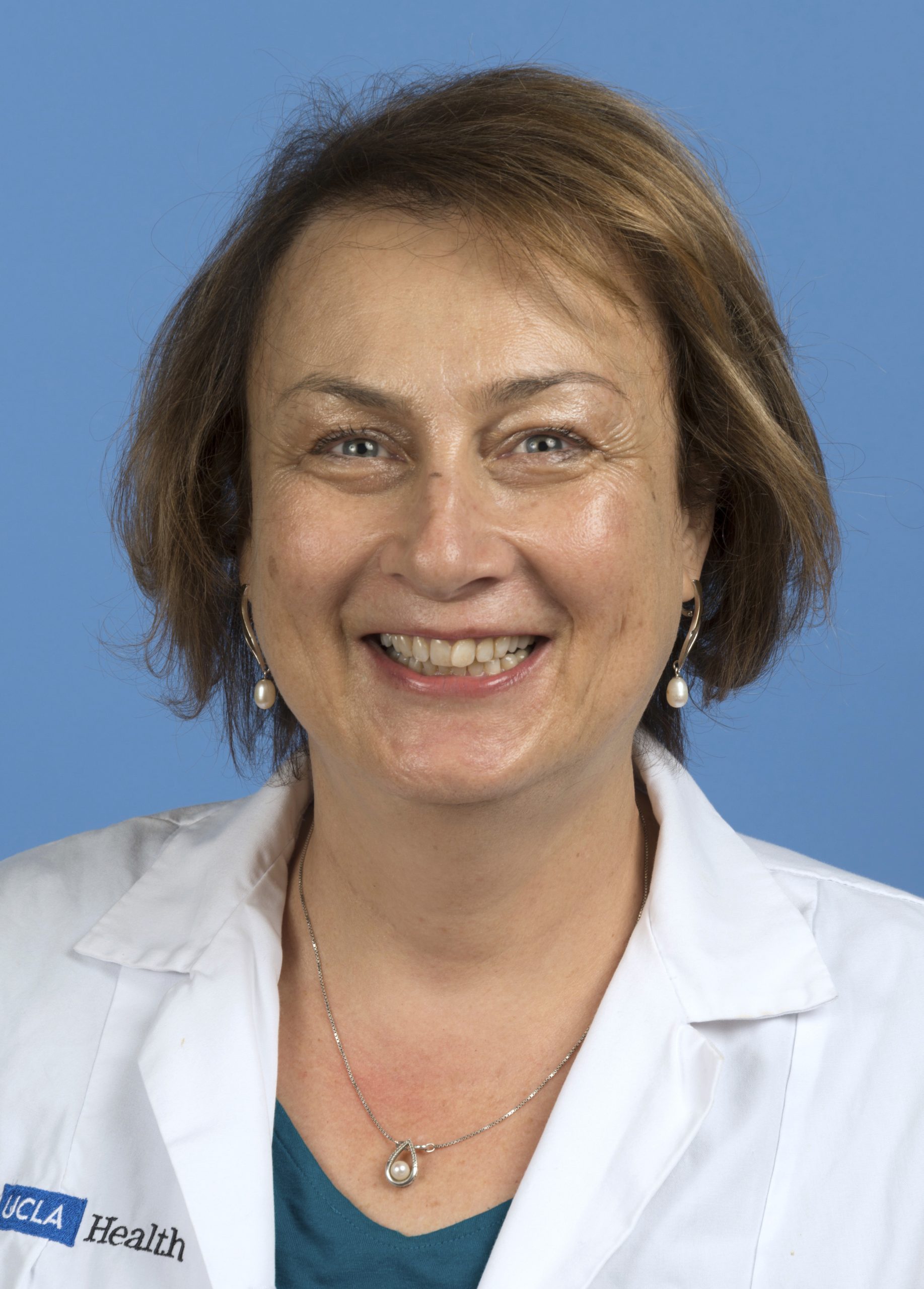
A Professor of Neurology and Co-Director of the UCLA Seizure Disorders Center, Dr. Eliashiv sees patients and conducts research. She was one of a few clinician-scientists studying the use of magnetoencephalography (MEG)—a neuroimaging technique for mapping brain activity—as a noninvasive tool to localize seizures in the brain, and was one of the first to capture seizures with MEG. Dr. Eliashiv is an author and co-author in numerous publications and lectures extensively nationally and internationally. She is also an investigator with NINDS and American Epilepsy Society funded research. Dr. Eliashiv’s interests range from being the lead site investigator in studying responsive neurostimulation in patients with medication resistant epilepsy to utilizing computerized morphometry to identify patterns in the hippocampus when a normal brain develops epilepsy and discovering biomarkers, which will aid the development of novel interventions to prevent epilepsy, using MEG and other approaches. She also has a passion for global health. She is a commission member of the International Board of Epilepsy with collaborative research. She studied Neurocysticercosis in Peru and Ecuador, Nodding Syndrome in Uganda, as well as conducted outreach in Morocco trying to alleviate the global health burden of epilepsy.